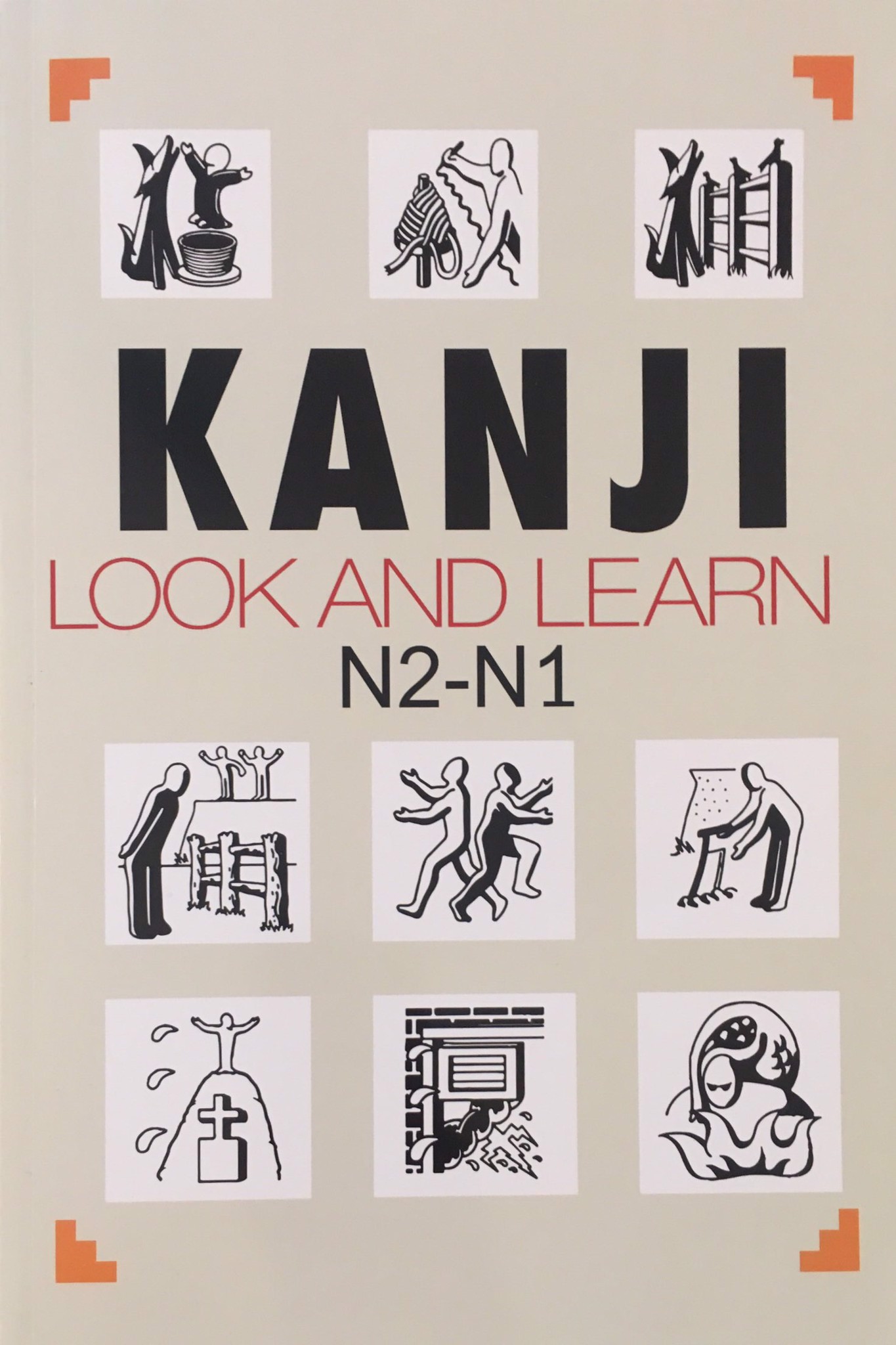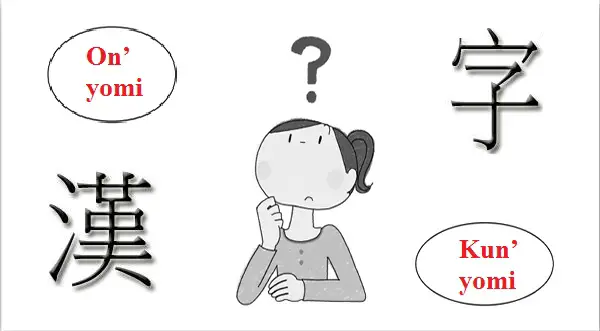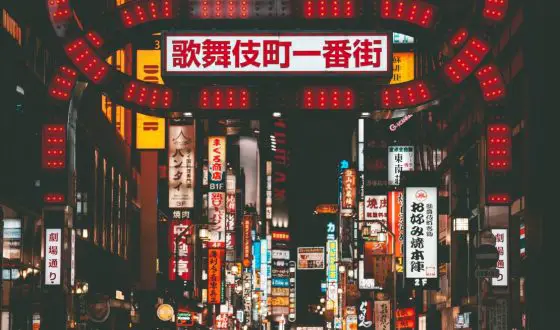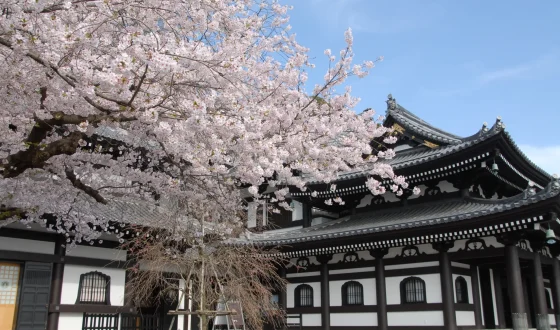Onyomi vs Kunyomi – Basics to Japanese reading!
Japanese is undoubtedly one of the most difficult languages in the world to learn and with good reasons. It is no joke to say that its writing system alone can be a nightmare for any beginner. Unlike English, Japanese has not only 1 but 3 alphabets which are Hiragana, Katakana and Kanji. While Hiragana and Katakana are quite simple, Kanji is extremely challenging to master. Do you know that 1 Kanji word can have 2 different meanings with 2 different ways of reading? There are 2 types of Kanji readings. They are Onyomi and Kunyomi. You will need to follow some rules to know when to read a Kanji word with Onyomi reading or Kunyomi reading.
It sounds pretty complicated, right? Do not worry! In today’s blog, we will give you a brief on Onyomi vs Kunyomi – Basics to Japanese reading!
Onyomi Vs Kunyomi – Basics To Japanese Reading!
Kanji, originated from China, is the most complicated component of the Japanese writing system. Nowadays, more than 2000 Kanji are used officially in the publishing industry. Besides, almost any given Kanji character has Onyomi and Kunyomi reading. That means to master 2000 Kanji, you must remember not only how to write them, what they mean but also how to read them in 2 different ways!
Before we jump into details, let’s take a look at the example below.
Example: 火
This Kanji means “Fire” in English. It’s Kunyomi is “Hi” and it’s Onyumi is “Ka”. When it stands alone, you can read it as “Hi” but when it pairs with other characters to form a word such as 火山 (vocalno) or 火曜日 (tuesday), you must read it as “Ka”.
- 火 (Hi)
- 火山 (Ka – Zan)
- 火曜日 (Ka -Youbi)
1. What is Onyomi?
Kanji was introduced to Japan a few decades before Japanese people created their own writing system with the appearance of Hiragana and Katakana. During that time, Japanese people only used Chinese characters. They tried to imitate the way Chinese people pronounced and that’s how Onyomi appeared. Of course, there are minor differences between Japanese reading and Chinese reading. So Onyomi is basically the Japanese version of what the original Chinese pronunciation sounded like.
Besides, 1 Kanji may have many Onyomi due to due to long history of importing Chinese across different regions and areas. Depends on the context and the word that goes together with it, you will decide which Onyomi pronunciation to be used.
For example:
Big: 大 – Da (Chinese) and Tai/Dai (Japanese). So “Big” has 2 Onyomi.
Water : 水 – Shui (Chinese) and Sui (Japanese)
Mountain: 山 – Shan (Chinese) and San (Japanese).
Fire: 火 – Huo (Chinese) and Hi (Japanese)
2. What is Kunyomi?
So what is Kunyomi? The appearance of Kunyomi dates back to the 9th century when Japanese people attempted to create their own writing system. They used Hiragana to re-write Kanji or to form native Japanese words. However many Japanese words were too long to imply a single Kanji. So they combine Kanji and Hiragana together to complete a word. That’s when you need to use Kunyomi as the way to read Kanji become totally different. Of course there are some exceptional cases too.
So in short, Kunyomi is Japanese reading of Kanji.
For examples:
| English | Kanji | Onyomi | Kunyomi |
| Big | 大 | Tai/Dai
大学 –> Daigaku (University) |
O
大きい --> Ooki (Big) |
| Water | 水 | Mizu
水 --> Water
|
Sui
水ようび –> Suiyoubi (Wednesday) |
| Mountain | 山 | San/Zan
火山 –> Kazan (Volcano) |
Yama
山 –> a mountain |
| Fire | 火 | Hi
火 –> Hi (Fire) |
Ka
火山 –> Kazan (Volcano) |
Read more:
3. When do we use Onyomi and Kunyomi?
The most challenging thing is although there are some principles for you to recognize when to use Onyomi and when to use Kunyomi, Japanese is still full of irregularities. Even a native Japanese can always get into trouble in reading a sign or a paragraph written in Kanji. So do not feel too pressured and back out when you face the same problem.
Below are some general rules of Kanji reading. But please keep in mind that not every Kanji follow them.
- Kunyomi reading is generally used when a Kanji character appears with hiragana or when a Kanji stands alone. Following this rule, most verbs and adjectives will use Kunyomi. For example: 楽しい – “Tanoshi”, means “Fun”. This word is made of 2 components: 楽 is Kanji and しい is Hiragana. So you should use Kunyomi pronunciation.
- When you have a compounds of more than 1 Kanji, you should use Onyomi. For example: 大学 – “Daigaku”, means university. This word is made of 2 components: 楽 is Kanji and 学 is also a Kanji. In this case, you must use their Onyomi pronunciations.
- Another note is that for people’s name or city’s name, you should use Kunyomi. For example: 山田さん – “Yamada san”, means “Mr. Yamada”. You use its onyomi which is “Yama” instead of its Kunyomi which is “San” as mentioned before.
These three rules can help you in most cases. But to know exactly when to use Onyomi and Kunyomi, you have no other option than to memorize each Kanji and its readings.
To help you overcome this obstacle, we will introduce to you 2 books which are very useful for learning Kanji. They are Kanji – Look and learn and Basic Kanji. If you are a beginner, let’s start with Kanji – Look and learn for level N5 and Basic Kanji 1. These books offer not only details of Onyomi/Kunyomi together with examples but also fun images which can help you memorize easily.

These books offer not only details of Onyomi/Kunyomi together with examples but also fun images which can help you memorize easily

Click the link below for more information:
>> Looking for more things to do in Japan, visit here <<
Conclusion
Hopefully, our blog has provided you useful information about Kunyomi and Onyomi. It’s quite confusing, right? But do not worry too much. With patience and strong love for this language, you can surely conquer this journey and become a Kanji master soon. Now, let’s take the first step. Sit down and learn Kunyomi and Onyomi of 10 Kanji words in 1 week. Are you confident to accept this challenge?
If you have any question and concern, please feel free to share under the comment section below.









